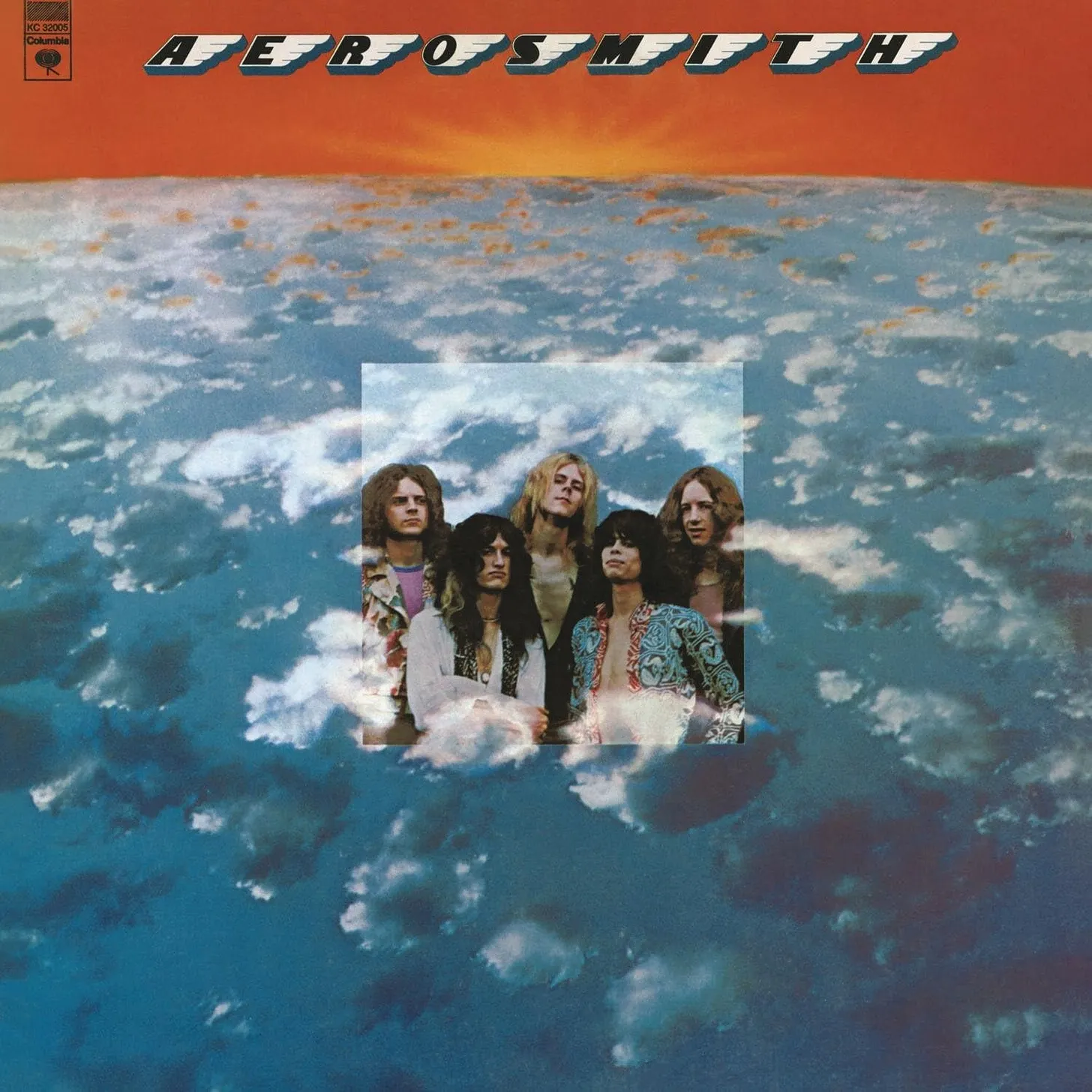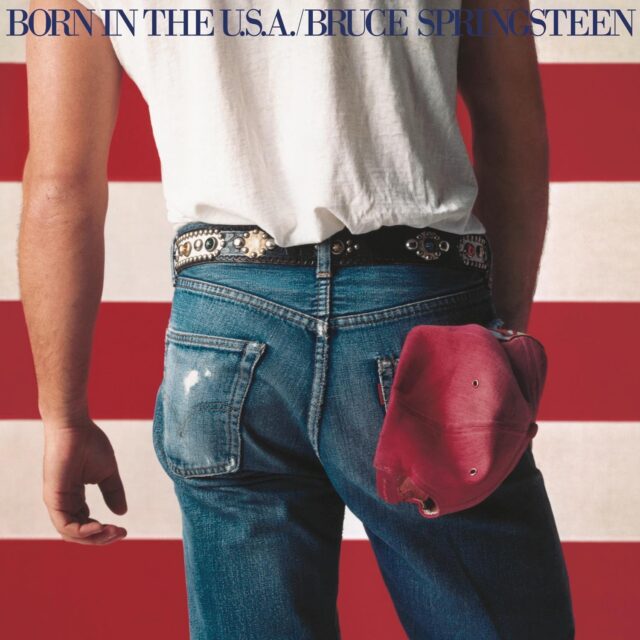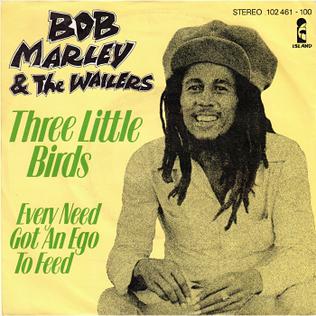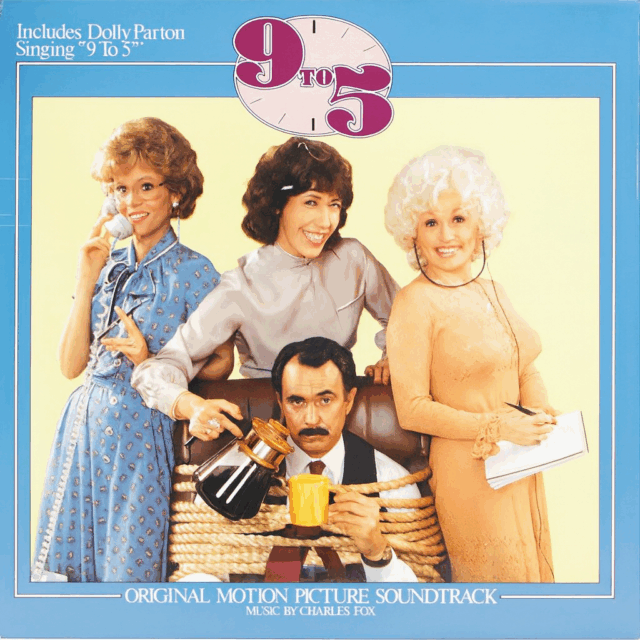The opening music to Dream On by Aerosmith introduces you to a journey. The opening lyrics puts you in the journey to whatever your dream is. Together, the song is an undeniable reminder to become what’s possible.
How did Aerosmith begin their dream of becoming one of the world’s most legendary bands?
Steven Tyler, born Steven Victor Tallarico on March 26, 1948, in Yonkers, New York, grew up with his sister Lynda, who is two years older, in a household that encouraged the arts, which lit up his love for music and performance.
In his biography, Does the Noise in My Head Bother You?, Tyler describes his childhood as filled with creative influences. His father, Victor A. Tallarico, had exceptional talent for the piano, studied music at Columbia University, attended the Juilliard Conservatory in New York City, performed at Carnegie Hall with the Vic Tallarico Orchestra, and later became a music teacher. His mother, Susan Ray Blancha, was a secretary, painter, maker of a legendary blueberry pie, and a highly competitive Scrabble player.
The Tallarico family moved a few times, including living in Manhattan at 124th Street and Broadway blocks away from the Apollo Theater. In 1951, Victor started teaching at Cardinal Spellman High School and the family moved to 5610 Netherland Avenue in the Bronx, New York. In 1957, the Tallaricos moved to 100 Pembrook Drive in Yonkers.
Inside the Tallarico home was a “full-blown Steinway grand piano” that his father would play. “And that’s where I grew up, under the piano, listening and living in between the notes of Chopin, Bach, Beethoven, Debussy. That’s where I got that ‘Dream On’ chordage. Dad went to Juilliard and ended up playing at Carnegie Hall. When I asked him, ‘How do you get to Carnegie Hall?’ he said, like an Italian Groucho, ‘Practice, my son, practice.’ The piano was his mistress. Every key on that piano had its own personal and emotional resonance for him. He didn’t play by rote. God, every note was like a first kiss, and he read music like it was written for him,” said Tyler.
“I remember crawling up underneath the piano and running my fingers on top of the soundboards and feeling around. It was a little dusty, and as I was looking up, dust spilled down and hit me in the eyes—dust from a hundred years ago . . . ancient piano dust. It fell in my eyes and I thought, “Wow! Beethoven dust—the very stuff he breathed,” recalled Tyler.
Tyler learned to play the piano but eventually turned his attention to drums, inspired mainly by listening to records of Sandy Nelson. He was also influenced by watching Elvis and witnessing the British Invasion unfold with The Beatles, The Rolling Stones, and The Yardbirds. He spent his summers playing waltzes and show tunes in his father’s band.
While attending Roosevelt High School in “1965, 64, I was a drummer in a band, a school drummer. Then I bought a set of drums ‘cause I wasn’t being looked at, got made fun of, because I was being called Lippo, Lippawania, and got beat up after school. I thought, ‘if we got a little band together and play at lunch that would be really cool,’” said Tyler. “We were called The Maniacs. So we played at lunch and I went ‘holy shit, Marsha Resnick is talking to me now… and I feel cool… Jill Ellsworth… and she looked at me and no-one did before.”
After leaving The Maniacs, Tyler played drums and contributed as the lead vocalist in a band called Chain Reaction (also known as The Strangers and The Stranguers). This was his first foray into being recognized.
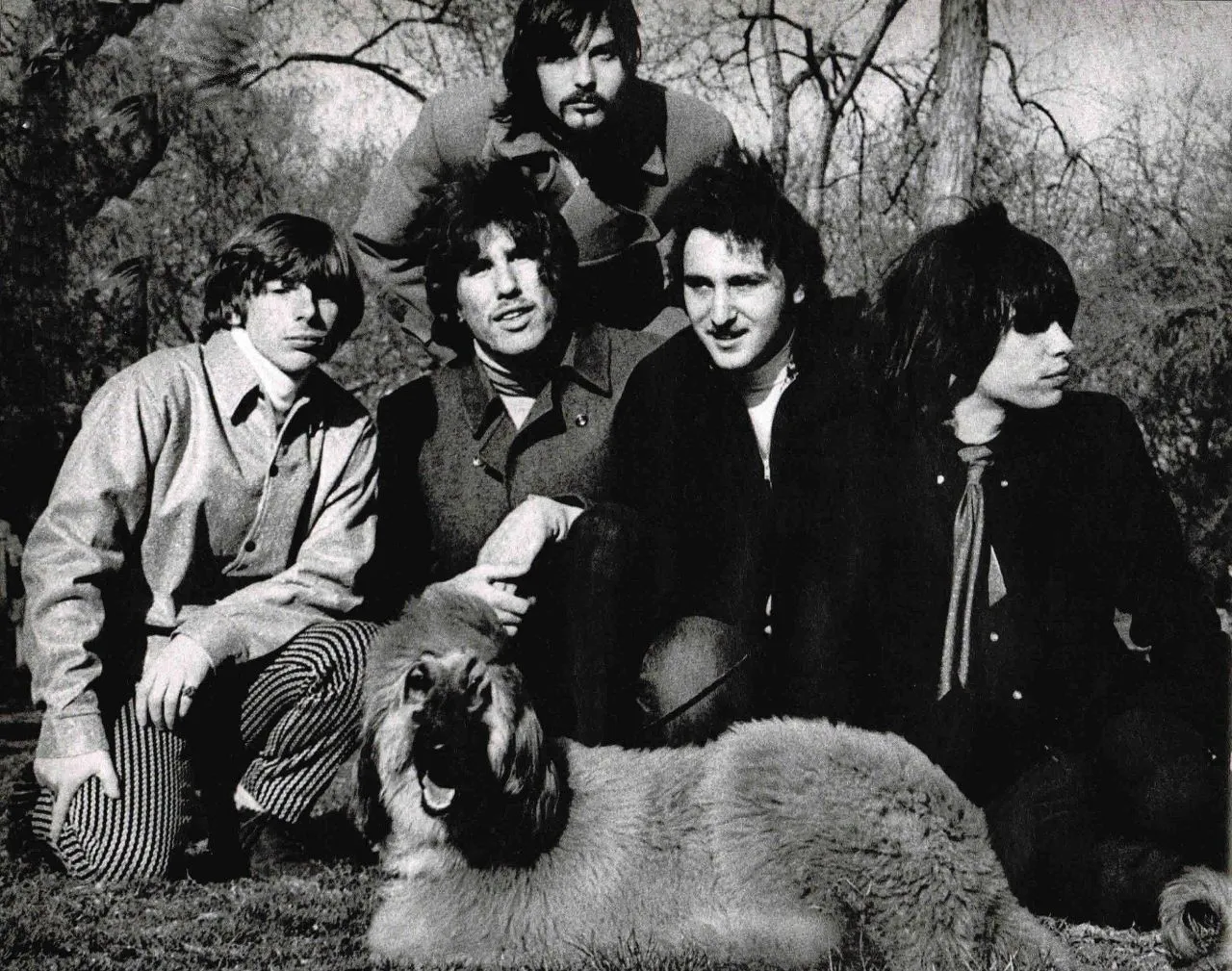
Cleaning the mess at Trow-Rico
During Tyler’s upbringing, the family ventured every summer to a place called ‘Trow-Rico’ in Sunapee, New Hampshire. It was named that by combining Trow Hill, a local landmark, with Tallarico. Tyler says, ‘the cottages sat on 360 acres of woods and fields. It was my grandfather Giovanni Tallarico’s dream when he immigrated from Italy in 1921 with his four brothers.”
In the summer of 1966, in Sunapee, Tyler (still going by his birth name) and the other four members of Chain Reaction ate at The Anchorage, a family-style restaurant by the harbour. They were loud and left the table in a complete mess.
The person who cleaned up was 15-year-old Joe Perry, who worked at the restaurant.
Perry, who was born in Lawrence, Massachusetts, on September 10th, 1950, became interested in music and started playing guitar at around 10 years old. He was largely self-taught, and honed his skills by listening to records from The Yardbirds, Jeff Beck, and Jimi Hendrix. “I took one lesson from a guy, and then a week later when I was driving to school, I saw a hearse in front of his house. He had died — so, that was the last lesson I took… I just took it as an omen,” said Perry.
“They were kind of loud and obnoxious and kind of big fish in a small pond, so to speak,” stated Perry. ”They’re not rock stars yet, but they’re playing the part.”
“The first time I met him, I didn’t really meet him so to speak,” said Perry. “I was working in a hamburger joint in the lake area in New Hampshire, and I did everything from cooking the French fries to sweeping the floor and taking out the trash. Steven’s family had a place up there and every summer he’d come up with one of his bands. I remember them rolling in and basically behaving like what they thought rock stars should do, which was throw food at each other. So when they left, I had to clean up after them.”
A Stranger Chain Reaction
On March 26, 1966, when Tyler was 18, The Strangers opened for The Byrds at the Westchester County Center in White Plains, New York.
“Our first gig (as The Strangers) was in front of 5,000 at Westchester County Center in White Plains, New York opening for the BYRDS. Steve finally had his opportunity to be truly “up front,” said drummer Barry Shapiro. “Shortly after I became a member of the group, we were told we had to change our name as there was already a group called The Strangers. (I think it was Terry and the Strangers). We even tried to change the spelling of the name to get around it (THEE STRANGUERS). That didn’t work and we came up with the name Chain Reaction.”
Chain Reaction was signed with Date Records, a subsidiary of Columbia Records. The band started playing their own shows, including the Homecoming dance October 15, followed by opening for the Yardbirds concert October 22, 1966.
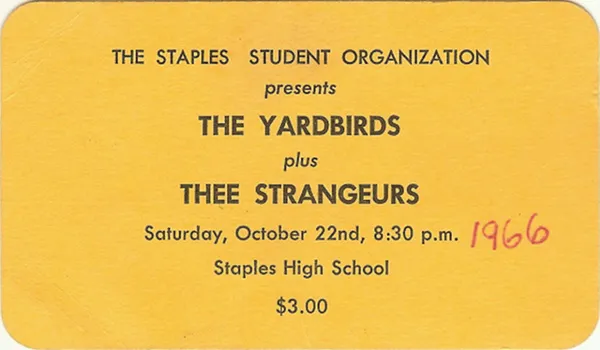
“We got to know the Yardbirds because they played at Staples High School in Westport, Connecticut, in 1966. We had a friend, Henry Smith, who had been our manager for a while, and he had gone to school there. He called me and said, “Steven, the Yardbirds are playing here, and you can open up.” It was the lineup with Jeff Beck and Jimmy Page, who was playing bass on that tour. We waited all day for them to arrive. I grabbed their amps, they grabbed ours. We carried each other’s gear in, because back then, that’s what you did. Hence began the rumor that I was a roadie for the Yardbirds,” said Tyler.
Chain Reaction released its first songs, ‘The Sun’ and ‘When I Needed You,’ on December 1, 1966.
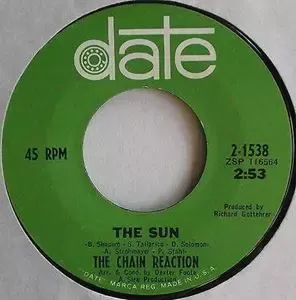
Tyler started using LSD and smoking marijuana during the mid-1960s and was subsequently thrown out of Roosevelt High School in 1967. On Wednesday, March 15, 1967, Tyler was one of ten students arrested for violation of possession/use of marijuana.
Tyler enrolled in and eventually graduated from the Jose Quintano School for Young Professionals, a private high school in Manhattan for students pursuing careers in entertainment and the arts.
“But the drugs—it was just a way of life. If you didn’t take LSD in high school, you weren’t cool. So we took acid and walked up to the top of Mount Sunapee. Tasted the wind when it blew,” said Tyler.
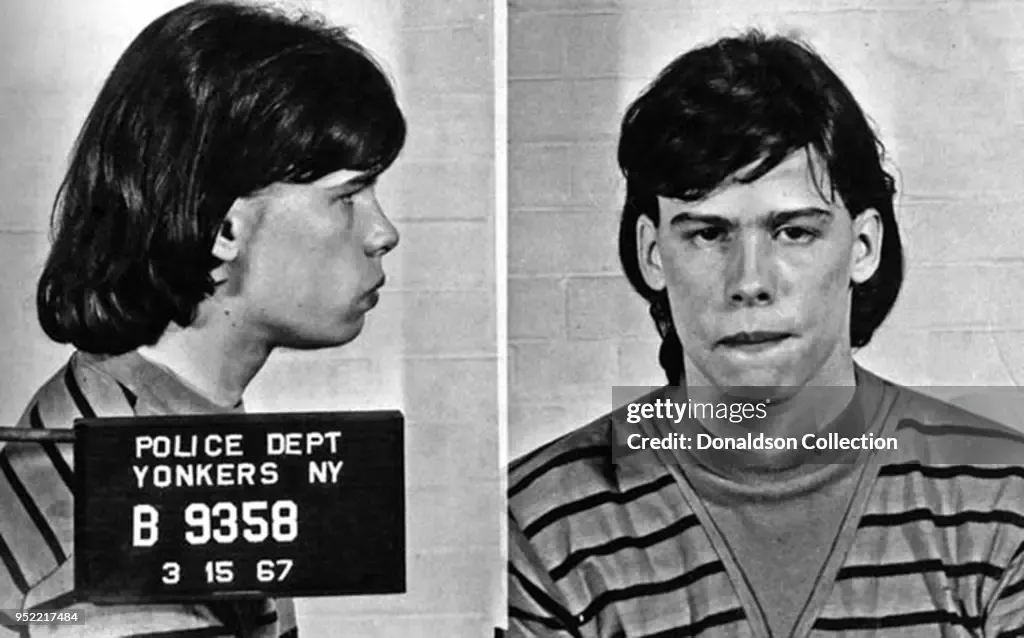
Chain Reaction continued to open for bigger bands, such as the Beach Boys at the Westchester County Center on April 25, 1967, as well as The Buckinghams and Satan’s Helpers. While these performances helped establish the band’s local reputation in the New York music scene, they did not achieve significant commercial success.
“I remember being at the end of my rope… I was drumming, and I jumped over the drum set and really got into a fistfight with the guitar player. Things just weren’t happening. I split, packed my suitcase, and headed up to New Hampshire,” said Tyler.
Two additional songs, ‘You Should Have Been Here Yesterday’ and ‘Ever Lovin’ Man,’ were recorded and later released by Verve Records in 1968.
This marked the end of Chain Reaction and a new beginning for Tyler.
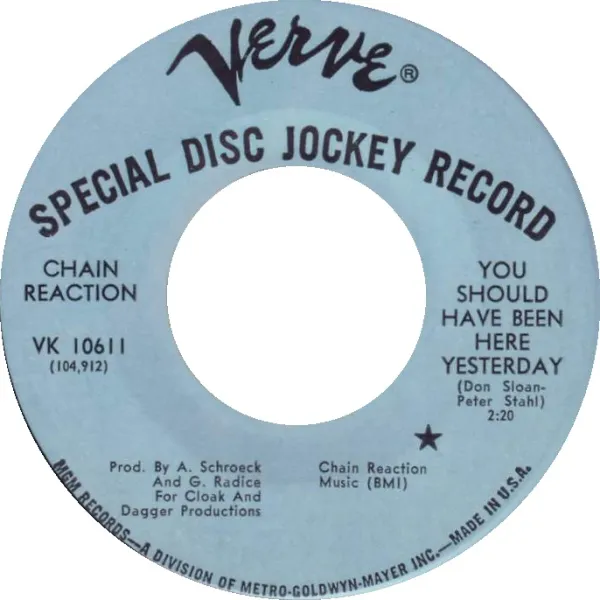
Woodstock
In 1969, Tyler notes, “was Woodstock… I went early and left three days later… So I’m tripping on acid and these helicopters are coming by with 500 pounds of hot dogs and they are dropping them in a field… then another giant pile of pots and pans to cook the hot dogs. I mean it was a disaster area… I grab the pots and pans and I started [drumming]… then some other guy walks over and starts going, another guy comes over… by the time I was done, an hour later, there was 50 people banging on every pot there was there. That was a moment. Then when I got up… I walk down a path and walking towards me was one guy. It was Joey Kramer… who I knew from high school, but that I met there.”
After Woodstock ended on August 18, and with his bands broken up, Tyler was mowing the lawn at Trow-Rico when Perry drove by and invited him to see his band play at the Barn Nightclub, where they were the house band on Saturday nights.
Perry was in a band called the Jam Band, with high school friend Tom Hamilton on bass and David ‘Pudge’ Scott, who worked at The Anchorage as a dishwasher, on drums.
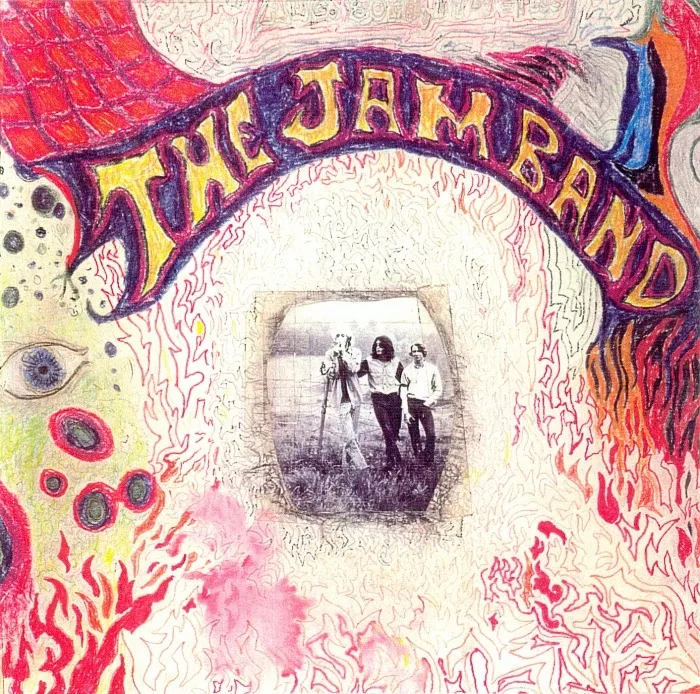
“So Joe, Tom and I were in bands for at least four to five summers in Sunapee; in the winter, we would go back to school,” said Scott. “We played as the house band at the Barn Nightclub in Sunapee… We played there one night when Steven showed up to see us. We played a rendition of Fleetwood Mac’s “Rattlesnake Shake”. He came up to me after the gig and said, “You play the meanest backbeat I have ever heard,” and “You guys are so bad, you are good.”
That Saturday night, possibly August 23, Tyler was in the audience and witnessed the Jam Band playing. Tyler experienced something special when he heard Rattlesnake Shake, noting, “They did this song so well that I knew if I could get together with these guys, we could pull the same feeling off with some songs I wrote… I loved Joe’s style. He always played out of tune and real sloppy, and I just loved it.”
This is “when I got formally introduced to Steven,” Perry recalled.
Tyler continued playing local gigs with various musicians and writing songs. The Jam Band also kept performing, but eventually, Perry said to Hamilton, “I think we should move to Boston, rent an apartment, and start a band. I think we should just go for it.”
Perry and Hamilton moved to Boston and rented a two-bedroom apartment at 1325 Commonwealth Avenue in September 1970.
When Rod Stewart and Ronnie Wood left the Jeff Beck Group, Beck was re-forming his band and looking for a new lead singer. Tyler heard this news and asked Perry and Hamilton to be his backup band to record and send a demo tape. “He’d heard that the Jeff Beck Group were looking for a new singer,” said Perry.
They eventually came together to record a version of I’m Down by The Beatles. The session was a success, and Tyler and Perry continued jamming for hours afterward, solidifying their friendship. The demo tape never made it to Beck.
“I think that’s when he saw something, and I had,” said Tyler. “Yeah, I’ll come to Boston. But I don’t want to play drums; I want to be just the singer.” Perry stated, “That’s good, ’cos we’ve got this guy from New York called Joey Kramer who is thinking about being in the band.”

Tyler moved to Boston in October 1970, marking the beginning of one of rock’s most enduring bands. At this time, the band comprised Tyler on lead vocals, Perry on lead guitar, Hamilton on bass, Kramer on drums, and Ray Tabano on rhythm guitar.
Kramer, who knew Tyler from their days in Yonkers, had moved to Boston to study at the Berklee College Of Music and joined the band after hearing Perry and Hamilton play. Tabano was a childhood friend of Tyler from Yonkers and a fellow member of The Strangers.
During their early days in Boston, they struggled financially and took on various odd jobs to make ends meet. Tyler worked in a bagel shop, Perry worked as a janitor and swept floors at a synagogue, and Hamilton was an orderly at a nursing home. Kramer didn’t work, and Tabano sold leather goods. The band also played low-paying gigs at venues like frat parties and high school dances. Much of their earnings went toward rent, food, and getting high while watching reruns of the Three Stooges.
“I’m the only one of us that really had a job. Joe Perry had a job a couple of times. He would work at a place for a week and then say, ‘I can’t do this.’ I don’t think Joey Kramer was working at the time. Steven definitely wasn’t working. Tom wasn’t working. I was only one had a job. We were scrounging money all the time. We’d do a gig here and there during the time,” said Tabano.
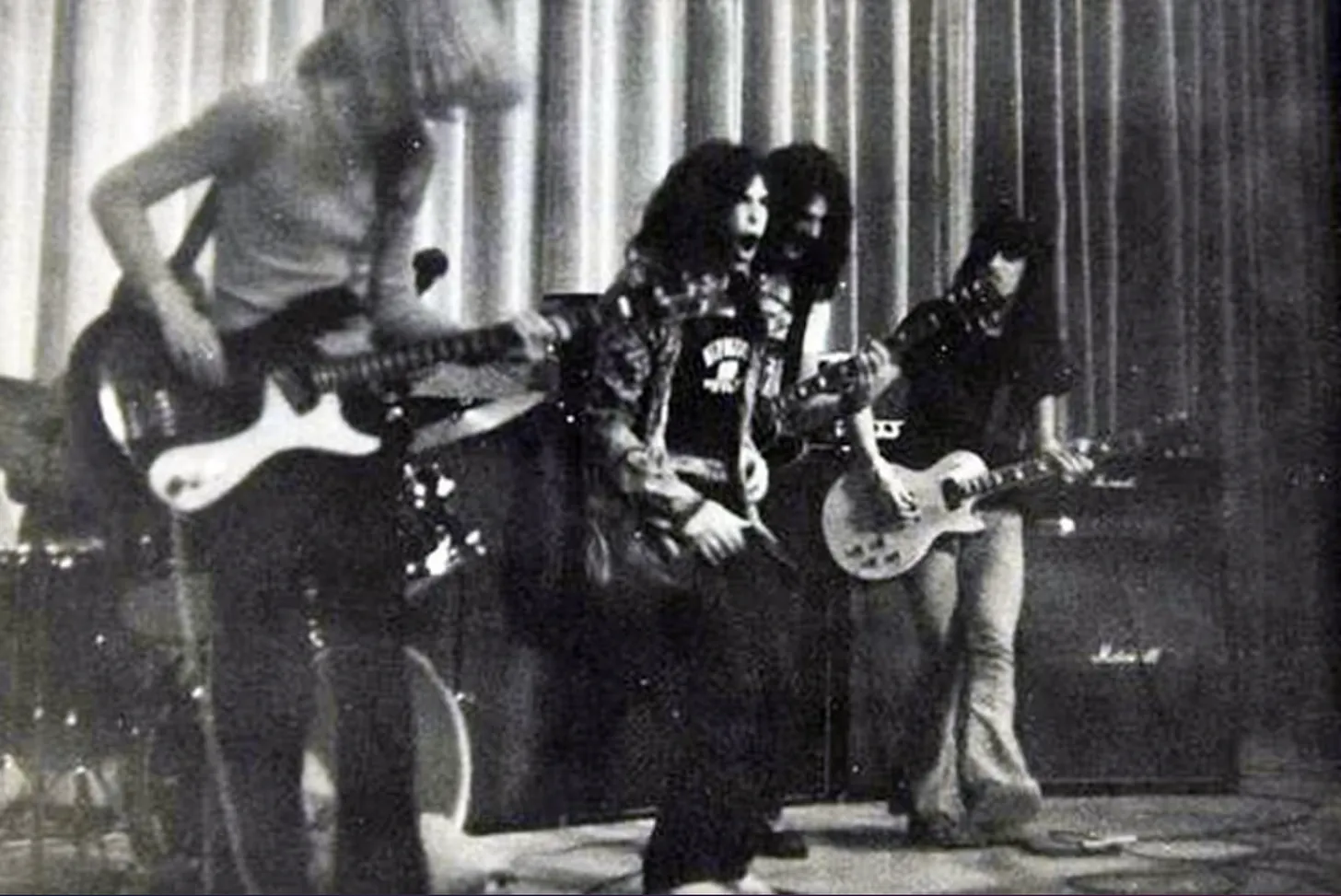
The unnamed band, referred to only as “Joe’s new band” or “Steven’s new band,” played their first show on November 6, 1970, at Nipmuc Regional High School in Mendon, Massachusetts, for $50. They got the gig because Joe Perry’s mother, who worked at a nearby school, knew Carl Olson, a history teacher at Nipmuc, and helped organize it. Tickets were about a dollar.
This first show included 11 songs: “Route 66,” “Rattlesnake Shake,” “Happenings Ten Years Time Ago,” “Movin’ Out,” “Somebody,” “Think About It,” “Walkin’ the Dog,” “Live with Me,” “Great Balls of Fire,” “Good Times Bad Times” and “Train Kept A Rollin’.”
“They didn’t play many songs but it was loud,” said Olson. “And the kids loved it, though the adults were a little taken back… They performed in the gym to a crowd of about 125 people, which was a good crowd for dances back then. The kids had a good time.”
Kramer is credited with creating the band’s name, which was inspired by a Harry Nilsson album.
“I was listening to an album at the time, by Harry Nilsson, called Aerial Ballet. We were listening to this record and I started really getting off on the lyrics. We started kicking around this word ‘aerial,’ and ‘aerial’ eventually came into ‘aero’ – I don’t know how that happened,” Kramer recalled.
“And it was like Aeromind, Aerostar, Aero-this, Aero-that; and somebody said ’smith’—Aerosmith? Wow! And from then on it was all over my high school psychology books and my math books. The question was always, ‘What’s Aerosmith?’ And I would tell people, ‘When I leave high school I’m going to go have a rock ’n’ roll band, and that’s what it’s going to be called. And we’re going to be big and famous, and that’s the scoop.’ And they were all like, ‘Oh, that’s very nice, Joey.’”
However, Tabano’s time with the band was short-lived, as he was constantly being told to “practice” by Tyler. In the summer of 1971, Tabano was replaced by Brad Whitford, whose guitar skills matched those of Perry and Hamilton.
“If he had continued to grow with the rest of the band he may still have been in the band. But he was kind of all over the place. He’d be late for rehearsals. Not only were we learning and getting better on our own as individuals, we were learning to find a sound and starting to develop a real musical backbone by putting our own touches on the cover songs that we were doing. That led to us finding our sound,” said Perry.
Tabano stayed on with Aerosmith as a member of the crew to manage their office, recording studio, and the rented “Wherehouse” space. As the band’s biggest fan and founding leader of Aero Force One (the official fan club), he helped design merchandise, wrote official newsletters, and created the now-iconic winged “A” logo.
In 1972, after years of playing clubs throughout Massachusetts and New York, Steven Tallarico adopted the stage name Steven Tyler.
Aerosmith also entered a management partnership with Frank Connelly, David Krebs, and Steve Leber, who orchestrated a pivotal moment by inviting executives from both Atlantic and Columbia Records to attend a concert at Max’s Kansas City in New York on August 5, 1972. Among those present were Atlantic’s Ahmet Ertegun and Clive Davis from Columbia.
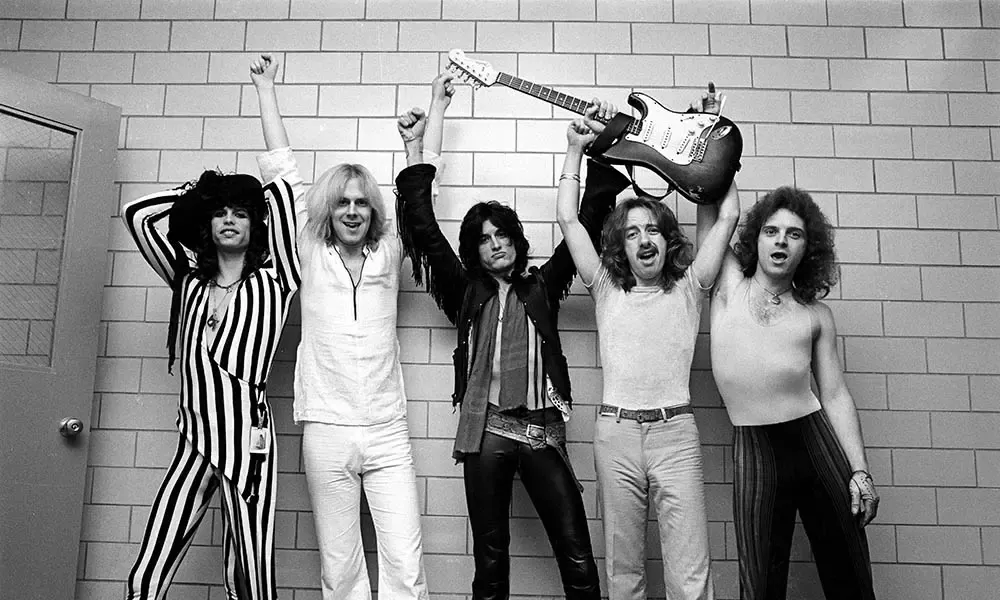
Ertegun passed on the band, mainly because Atlantic was already the distributor for Led Zeppelin and The Rolling Stones, and Tyler resembled Mick Jagger. However, Davis was impressed and signed the band to a $125,000 recording contract on August 5, 1972.
Aerosmith released their self-titled debut album, Aerosmith, on January 5, 1973. The first single, Mama Kin, was released on January 13, 1973, followed by the release of Dream On on June 27, 1973, which became their first hit and reached number 59 on the Billboard Hot 100.
The album had disappointing sales, and it’s said that one possible reason for this was that Columbia Records focused their attention on promoting Bruce Springsteen’s first album, “Greetings from Asbury Park, N.J.,” which was released the the same day.
Manager David Krebs convinced Columbia to re-release “Dream On” in 1975, and it peaked at number 6—truly living out the lyrics of the song.
Lyrically – Dream On
Dream On by was recorded and mixed at Intermedia Studios in Boston in just 2 weeks.
“The music for Dream On was originally written on a Steinway upright piano in the living room of Trow-Rico Lodge in Sunapee, maybe four years before Aerosmith even started,” said Tyler. “I was seventeen or eighteen… It was just this little thing I was playing, and I never dreamed it would end up as a real song or anything… It’s about dreaming until your dreams come true.”
Every time that I look in the mirror
All these lines on my face gettin’ clearer
The past is gone
It went by like dusk to dawn
Isn’t that the way?
Everybody’s got their dues in life to pay, yeah
The opening lyrics present images of self-reflection, clarity of purpose, and the passing of time. This verse reveals how life can be challenging and that time continues moving forward and that we can use every moment to achieve our dreams, no matter the price.
I know nobody knows
Where it comes and where it goes
I know it’s everybody’s sin
You got to lose to know how to win
Dream On seems to be the rock version of Oh, The Places You’ll Go! by Dr. Seuss. The first two lines acknowledge that no one fully understands the mysteries of life and how and why it unfolds the way it does: where things come from or where they lead.
The phrase “everybody’s sin” suggests that this lack of understanding is a universal human experience that everybody is a part of. The line “You got to lose to know how to win” reminds us that in pursuing our dreams, we will experience failures that teach us lessons to succeed, which is where the real value exists.
Half my life’s in books’ written pages
Live and learn from fools and from sages
You know it’s true
All the things come back to you
With the mention of “half my life’s in books’ written pages,” we learn life’s lessons come from many different places, including reading and studying others’ experiences. But we don’t just learn from books—we learn from both “fools and sages,” meaning we can find wisdom in unexpected places, whether from people’s mistakes or wise teachers. The line “all the things come back to you” suggests how life has a way of repeating the lessons we need to learn until they eventually become useful, even if we don’t know it at the time.
Sing with me, sing for the year
Sing for the laughter and sing for the tear
Sing it with me, if it’s just for today
Maybe tomorrow, the good Lord will take you away
These contrasting emotions—laughter and tears—are experiences we all face while pursuing our dreams. Singing serves as a metaphor for how we handle these emotions during these times. The mention of “with” underscores a shared experience, while “just for today” suggests that living in the present moment should be our focus, as we don’t know what tomorrow will bring. The final line adds a spiritual element, reminding us that life is truly unpredictable.
The chorus is so powerful that it is repeated. This is followed by the iconic and deeply inspirational words that live at the heart of the song’s message about persistence and belief.
Dream on, dream on / Dream on, dream until them dreams come true.
The lyrics, “dream until your dreams come true,” remind us that success requires patience and understanding. Just as the lyrics build up and repeat, success isn’t always straightforward—but we keep moving forward day after day.
Tyler stated that Dream On is “about the hunger to be somebody: Dream until your dreams come true.”
“Sure, we’re the sum of our experiences. If you listen to that song I wrote in 1969, “Dream On,” you might get a different view. I may not have been quite sure of what I was doing, but I was on to something.”
In 2018, Dream On was inducted into the Grammy Hall Of Fame. The song has been sampled by several artists, notedly Eminem in 2002 on his song Sing for the Moment.
“People ask me all the time what ‘Dream On’ is all about,” said Tyler in Walk This Way, Aerosmith’s authorized band biography. “It’s simple. It’s about dreaming until your dreams come true. It’s about the hunger and desire and ambition to be somebody that Aerosmith felt in those days. You can hear it in the grooves because it’s there.”
“I’d wake in the morning and say, ‘Let’s go and see if we can play this song.’ I’d play a few bars of ‘Dream On,'” said Tyler in his autobiography. “The other guys followed my piano. I said, ‘Joe, you play what my right hand’s doing. Brad you play the left hand.’ When we did that — hello, synchronicity!’”

